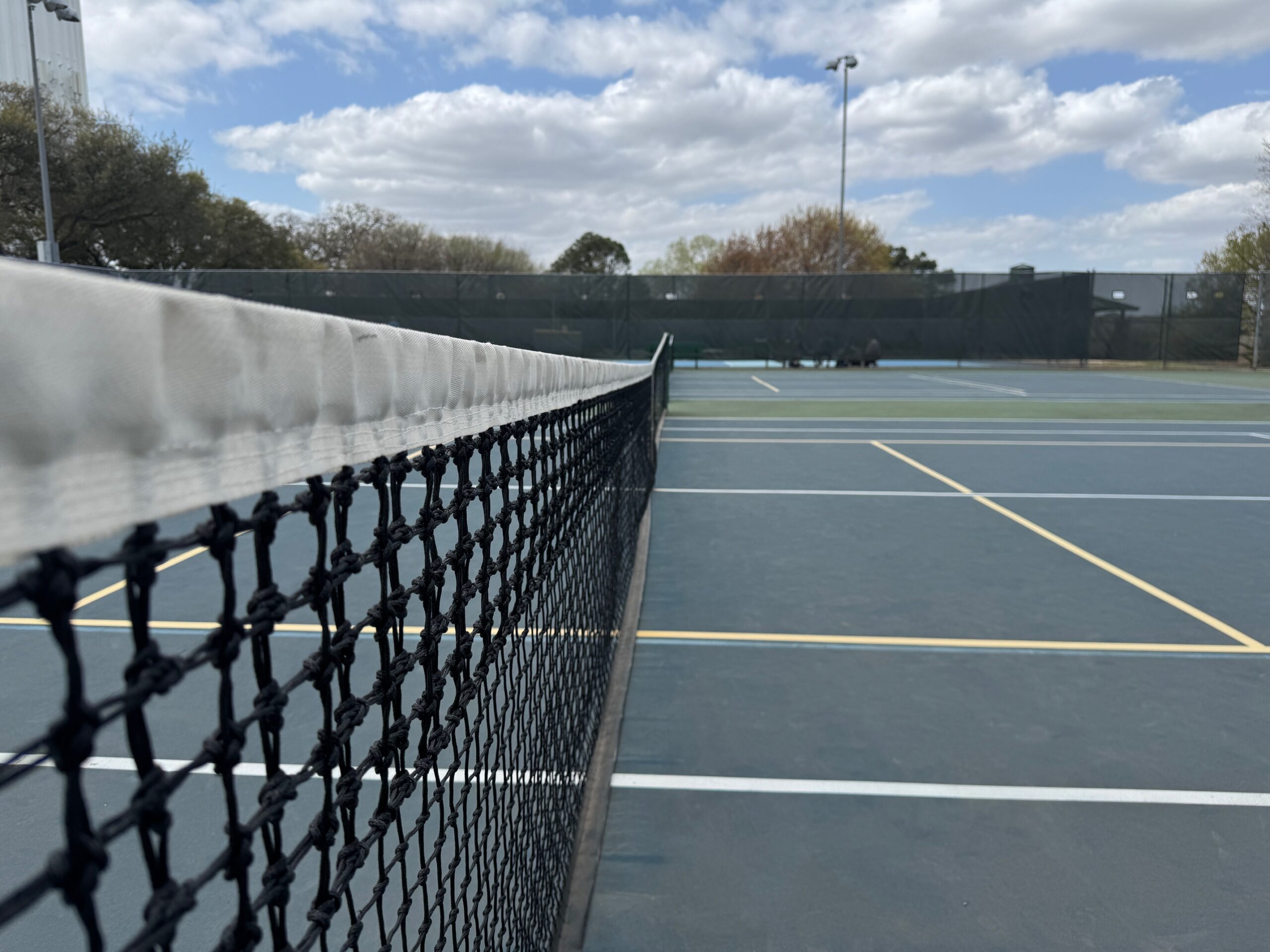The much anticipated new book, Serving Herself: The Life and Times of Althea Gibson by Ashley Brown, was released on February 7. I was unable to procure an advance copy of the book and knew that I would not get through it fast enough for a cogent review two days later when book and media reviews are published on this site. As it turns out, even nine days wasn’t enough. This latest biography on Althea Gibson is by far the most in-depth and comprehensive examination published about the tennis player to date.
In the interim, this is the perfect time to revisit The Match: Althea Gibson and a Portrait of a Friendship by Bruce Schoenfeld. That book chronicles the intertwined tennis careers and life of Althea and Angela Buxton. It was originally reviewed on this site back in 2021. The introductory pages of Serving Herself compares and contrasts this new effort with previous biographies of Althea. The Match is specifically called out as depicting Gibson as “decidedly static and inaccurately stoic.”
That makes this the perfect time to take a quick look back at how Althea was depicted in The Match. It can be argued that Buxton only knew the person that Althea was meticulously coached and guided to be. Breaking the color barrier in tennis required so much more than on-court performance. Ultimately this becomes a debate of whether Buxton only knew her friend through the facade or whether Althea had actually evolved to become the person other people needed her to be.
So much of the story relayed in The Match made me simultaneously sad and angry at the social injustice. Since Althea did not come from a wealthy family, as the majority of her contemporary competitors did, it was a constant financial struggle for her to compete in tournaments. She was denied sponsorships due to the color of her skin. Tournaments at the time regularly provided housing to the players, but that benefit was frequently denied to Althea.
The Match refers to the perfect storm which forged their friendship rather than one particular on-court event. When Althea broke through and won her first major titles in 1956, Buxton was by her side as her doubles partner. Althea won the French Open in singles that year while the doubles partnership carried both the French and Wimbledon titles.
The friendship was undoubtedly seeded by the fact that Buxton was also routinely discriminated against and shunned because she was Jewish. One key difference is that Buxton’s family had the financial resources to help her overcome some of those inherent disadvantages.
I highly recommend The Match as a gripping account of an era in tennis that we should never allow ourselves to forget. The greatness and tragedy of Althea Gibson shines through on every page.
 | The Match: Althea Gibson and a Portrait of a Friendship |
 | Serving Herself: The Life and Times of Althea Gibson |



